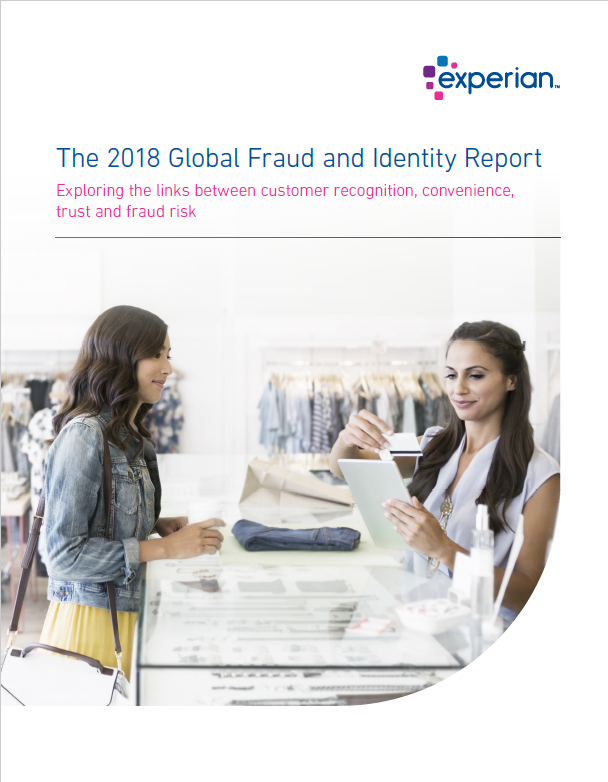 This morning on my way into the office, I made my usual stop for coffee. Just like every other day, the barista greeted me by name and my usual drink was being made before I got to the counter.
This morning on my way into the office, I made my usual stop for coffee. Just like every other day, the barista greeted me by name and my usual drink was being made before I got to the counter.
Doesn’t it feel nice when you’re recognized? The same holds true when we interact online. We want to be recognized when we transact online, because recognition helps to stimulate trust. And trust is what makes all of us feel safe and protected.
New research from our Global Fraud and Identity Report demonstrates that customer recognition also plays a large role in indicators of fraud. Most of the 500 business executives in 11 countries that we interviewed across the globe, said that if they were certain about a customer’s identity, the need for fraud risk mitigation would be reduced.
One of the trickiest components to fraud detection, is finding the fine line between turning away good customers and letting the fraudsters slip through.
Our global research revealed that most businesses tend to demonstrate suspicion when it comes to preventing fraud, following a route of detection rather than permission or trust.
In fact, 71 percent of businesses know that they deny more transactions than they should. The end result isn’t just a loss of sales, but it also may very likely damage the lifetime value of that customer. Business leaders agree that if they were more precise in identifying the customer and avoiding denial of real transactions, they would see an increase in revenue.
In addition, the report confirmed what we all already know – as consumers, we expect the companies we do business with to protect us.
We surveyed 5,500 people in 11 countries, and many said they equate visual signs of security and the barriers they encounter when accessing their accounts to mean the transaction is more secure.
Nearly 7 out of every 10 people like the security protocols when they transact online because it makes them feel protected. As customers, we want to believe that banks and retailers are doing everything they can to protect and secure our online transactions.
Our study also found that 72 percent of businesses say fraud is a growing concern, with online fraud continuing to be a top concern across the globe.
One of out every 10 businesses are experiencing the same or more fraudulent losses online compared to a year ago. Fraud is always evolving and fraudsters are becoming more resourceful than ever before.
And while there is no silver bullet, and good modern fraud detection requires multiple fraud detection strategies, better customer recognition could make an immediate difference. Simply put, the better you recognize the customer, the better you can recognize fraud.